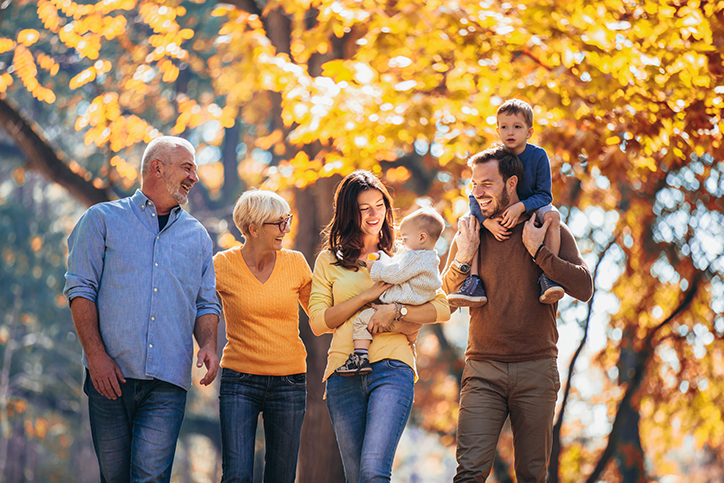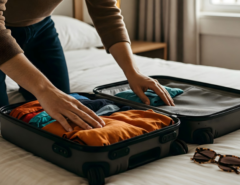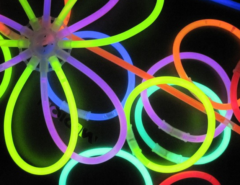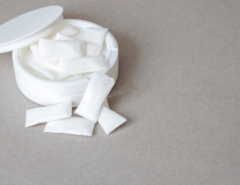Each season comes with different poison hazards that we need to keep in mind. Although we are still coping with COVID-19, poisonings continue to happen.
Below, we share some tips to help you stay poison safe during the fall season.
Carbon Monoxide:
Carbon monoxide is a colorless and odorless gas produced by the incomplete burning of fuel. Sources of carbon monoxide include gas and oil furnaces, wood and gas stoves and fireplaces, generators, kerosene and propane heaters, and gas and charcoal grills. To help prevent carbon monoxide poisoning, never let the car run while it’s in the garage, even if the garage door is open. Carbon monoxide can build up in the car and get into the house. Also, never use a generator while it’s inside the house or garage. Keep any running generator at least 20 feet away from windows and doors.
Installing a carbon monoxide alarm in your home can help keep you and your family safe. One alarm should be placed on each floor of the home. If you only have one alarm, it should be installed in the same area as the bedrooms, so that it can be heard even if a person is sleeping when it goes off. Read the MPC’s carbon monoxide information sheet to learn more about carbon monoxide poisoning.
Jimson Weed:

Photo of jimson weed, also known as thorn apple, angel’s trumpet, stinkweed, and green dragon.
Jimson weed — also known as thorn apple, angel’s trumpet, stinkweed, and green dragon — is a toxic plant. It flowers in the summer, then forms seed pods that mature in the fall. These spiny seed pods open to expose dozens of small black seeds. The seeds can cause severe reactions when consumed, even in small amounts.
Call the poison center right away if you or someone you know has ingested jimson weed. Don’t wait for symptoms, which can include hot and dry feeling skin, rapid heartbeat, high fever, and hallucinations. Severe symptoms also include seizures and kidney damage.
Mushrooms:
Many edible mushrooms have toxic look-a-likes. The only way to identify a wild mushroom is through chemical testing. In general, mushroom foraging should only be done by the very experienced. It is impossible for young children to tell different mushrooms apart. Children should be taught not to touch or eat any mushrooms that did not come from the grocery store or mushroom farm.
If a wild mushroom is ingested, call the poison center right away. Do not wait for symptoms to call.
Pokeberries:

Photo of pokeberries, also known as ink berries. These dark purple berries form in clusters and look like grapes on a red/purple stem.
Pokeberries are also known as ink berries. They are dark purple berries that form in clusters and look like grapes on a reddish/purple stem. These berries turn the mouth and skin purple, so if a child comes home with a purple-dyed mouth or hands, there’s a chance they got into pokeberries.
Eating pokeberries is not likely to cause symptoms if you only ingest a few. But, if you eat too many, symptoms such as vomiting and soapy diarrhea can occur.
The fall season also brings two holidays. While holiday celebrations may look different this year because of COVID-19, poison safety is still important. Review the following tips to help keep your family poison safe this Halloween and Thanksgiving.
Halloween
Poisoned candy is a myth. You are not likely to find anything harmful in your child’s candy. Chocolate with a dusty white appearance is not poisoned — it is bloomed, which means there was a temperature change at some point while the chocolate was stored. Bloomed chocolate is completely safe to eat.
Glow sticks should not be put in the mouth or broken open. The liquid inside tastes bad, but isn’t harmful when swallowed. If any liquid gets in the eyes, flush the eye with warm water while blinking and call the poison center.
Dry ice can cause burns to the skin if touched with bare hands. Wear gloves if you need to handle dry ice. Dry ice dissolved in punch is non-toxic, but never put small, undissolved pieces of dry ice in your mouth. Ingesting undissolved dry ice can cause serious injury.
If applying face paint or body makeup, use a non-toxic product. When using a new product, first apply a small amount to see if there is any reaction before applying to the rest of your face and/or body. Do not apply any paint or makeup on or around the eyes. If any makeup gets in the eyes, flush with water as directed above.
More information about Halloween poison safety is available on our Halloween Safety Tips Sheet and Halloween blog post.
Thanksgiving
Don’t invite food poisoning to your Thanksgiving table this year! Safely thaw the turkey by putting it in the refrigerator, submerging it in cold water, or defrosting in the microwave. Never thaw the turkey on the counter or at room temperature. Turkey should not be rinsed off and should be cooked to a safe temperature of 165 degrees Fahrenheit. Regularly clean your hands, utensils, and cutting surfaces. Refrigerate all leftovers within two hours of cooking.
More information about Thanksgiving poison safety is available on our Let’s Talk Turkey blog post.
If you suspect you or someone else has been exposed to a fall poison hazard, call the poison center right away. Do not wait for symptoms. We are open 24/7/365. The call is free and confidential. You’ll always reach a specialized pharmacist or nurse by calling 1-800-222-1222.





Leave a Reply